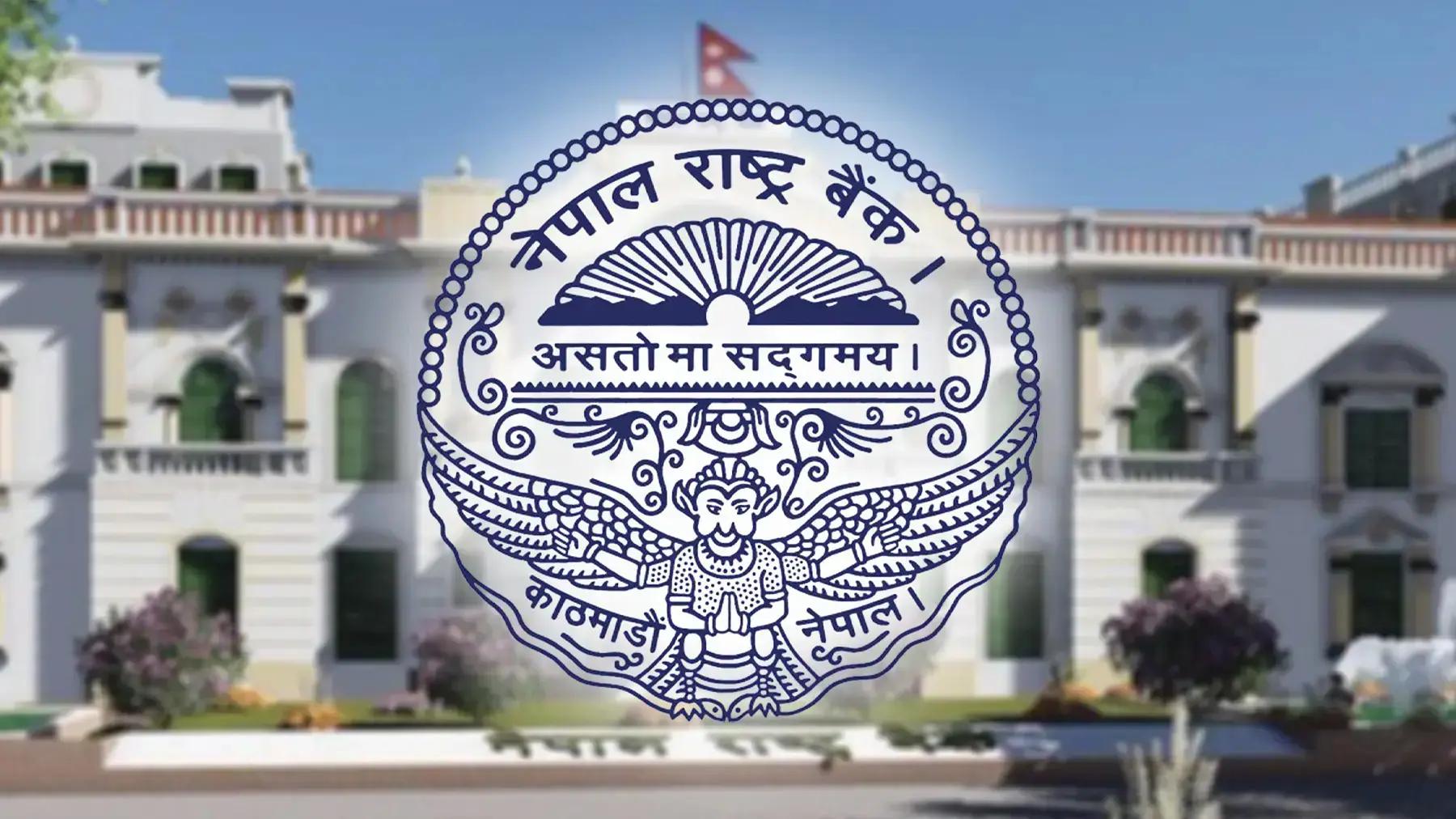By Dipesh Ghimire
Deposits Surge but Loan Growth Stagnates, Exposing Deepening Stress in Nepal’s Economy

Nepal’s banking sector is witnessing an unusual imbalance in financial flows as deposits continue to grow rapidly while loan expansion remains subdued. According to Nepal Rastra Bank’s (NRB) latest three-month data for FY 2082/83, deposits at banks and financial institutions (BFIs) increased by 3 percent, but private-sector lending grew by only 1.5 percent in the same period. This widening gap underscores the deepening fatigue within the economy, where liquidity remains plentiful but credit demand remains historically weak.
On an annual point-to-point basis, the mismatch is even more evident. By the end of Ashoj 2082, total deposits at BFIs had risen by 13 percent, but private-sector credit expanded by only 7.3 percent. Economists say the disparity reflects weakening business confidence, political uncertainty, and slow capital expenditure that have collectively eroded the appetite for fresh borrowing.
During the review period, deposits surged by NPR 218.72 billion, taking the total deposit base to NPR 7.482 trillion. But credit to the private sector rose by only NPR 82.93 billion, reaching NPR 5.580 trillion. Compared to last year’s first quarter—when credit expanded by NPR 128.65 billion—this year’s credit expansion is strikingly low. The contraction indicates that businesses are postponing or cancelling investment plans while households remain cautious about borrowing.
The sectoral distribution of loans reveals important shifts in economic priorities. Credit directed to non-financial institutional sectors made up 62.8 percent of total private-sector lending, down from 64 percent a year earlier. Meanwhile, household and individual lending has increased slightly to 37.2 percent, suggesting that institutional borrowing has weakened more sharply than household borrowing.
Credit expansion across various classes of institutions remained modest. Commercial banks increased lending by 1.6 percent, development banks by 0.5 percent, and finance companies by 1.6 percent. This broad-based slowdown indicates that the entire financial system is grappling with weak credit absorption, regardless of bank size or business model.
A closer look at the collateral-wise distribution shows continued reliance on real estate. Lending against real estate mortgages, including residential housing loans, accounted for 64.3 percent of total collateral-backed lending—slightly lower than last year’s 65.8 percent, but still overwhelmingly large. Meanwhile, lending backed by agricultural and non-agricultural current assets rose from 13.4 percent to 15 percent, indicating some improvement in production-linked credit.
Sector-wise loan performance during the first quarter provides further insight into the economy’s direction.
Construction loans increased by 2.9 percent
Transport, communication and public services rose by 2.4 percent
Industrial production grew by 2.4 percent
Consumer lending rose by 1.6 percent
Wholesale and retail trade increased by 1.4 percent
Service industry loans, however, declined by 0.3 percent, signaling stress in tourism, hospitality and related sectors
In addition, real estate loans grew by 3.2 percent, margin loans by 3 percent, and cash-credit loans by 2.7 percent—all of which reflect continuing reliance on collateral-heavy or short-term borrowing rather than long-term investment. Notably, trust receipt (import) loans fell by 4.3 percent, and overdraft loans dropped by 3.3 percent, indicating weak import activity and slower trade turnover.
Amid this, banks continue to grapple with excess liquidity. Despite having sufficient loanable funds, they are unable to expand credit because business-sector loan proposals have dwindled. Bankers say political instability, frequent protests, and the aftereffects of the recent Gen-Z movement have lowered business confidence. At the same time, delays in government expenditure have dried up demand for working-capital loans and project financing.
Loan recovery risks have also risen, prompting banks to adopt a more cautious approach in extending credit. With uncertainties clouding long-term economic planning, investors are increasingly reluctant to commit capital to new ventures. Experts warn that the declining credit appetite is not merely a financial issue but a reflection of a deeper economic slowdown that may persist unless policy clarity improves.
Deposit behaviour has also shifted during the review period. Current deposits make up 6.4 percent, savings deposits 38.7 percent, and fixed deposits 46.4 percent of total deposits. Compared to last year, the share of fixed deposits has dropped significantly from 54.8 percent, mainly due to declining interest rates. Institutional deposits accounted for 35.3 percent of total deposits, slightly down from last year’s 35.8 percent, indicating stable but cautious institutional behaviour.
Overall, the rapid growth in deposits alongside slow credit expansion highlights a worrying picture for Nepal’s economy. Liquidity is accumulating, but the real economy is failing to absorb it. Unless business confidence is restored, government spending accelerates, and clearer long-term policies emerge, the imbalance between deposits and loans is likely to persist—creating continued pressure on banks and slowing overall economic recovery.









